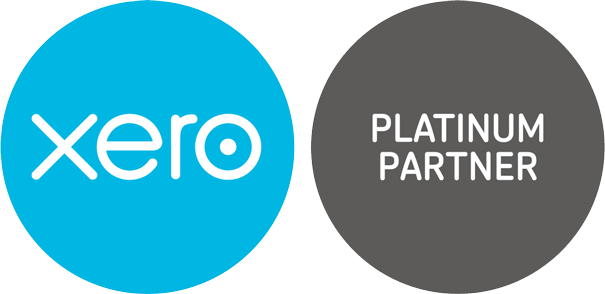News
Are you taking your business online? – Six steps to effective pricing
18 June 2020
As a result of the recent restrictions, many businesses have, for the first time, switched their focus to online sales.
Whilst this has opened up many new opportunities it has also posed greater challenges, one being pricing.
Many business owners already struggle with the difficulties of pricing. In some cases, setting prices by their competition and in others charging amounts arbitrarily.
Neither of these approaches is effective in a digital age where consumers can review prices instantly.
By failing to grasp the importance of pricing when taking sales online, a business may unwittingly make their products or services less attractive.
To help businesses with their pricing strategies we will look at some of the established techniques that they can follow.
Psychological Pricing
Possibly one of the most commonly used forms of pricing, this dates back as late as the 1800s but remains effective even to this day.
At its core, Psychological Pricing relies on the strategic pricing of goods and services just below a nice, round number.
We will have all seen this. Maybe a car dealership offers its latest model at £9,999 or who can forget the 99p store.
Many businesses use this trick and consumers are aware of it, is it still effective? Amazingly, the simple answer is yes.
Even though the difference in price is negligible, irrational customers don’t round up the price and perceive the item to be cheaper than it is and are more inclined to buy.
The importance of nine
Unbelievably, most people perceive a price ending in the number nine as better value and more cost-effective.
This perception of value even applies when an identical competitor product is priced lower, as proved in a 2003 study, conducted by the University of Chicago and MIT.
This simple strategy may seem ridiculous but has been proven to work time and time again.
Relative Pricing
In this enlightened digital age, ensuring your price is relative to the rest of the market can be key, especially with the emergence of price checking apps.
Knowing how much to charge relates to several factors, one of which has to be how much a competitor charges. However, this shouldn’t be the driving force in setting an effective price.
Constantly trying to charge less than a competitor will squeeze margins to potentially unsustainable levels and may lead some consumers to think of your product as inferior.
It is at this point where you may want to reconsider how your product or service is marketed. You may decide you want to be a premium or economy brand relative to your competitors and should then price accordingly.
It’s all contextual
Sometimes a price is justified by lots of different factors, not just the service or product on offer.
People will happily pay thousands for a Rolex that tells the time when a £5 watch will do the same. The products fulfil the same role, but there are other forces at play that determine the price.
The same applies online and sometimes it can be down to things beyond the price – even the look of a website or the services offered alongside products can make a difference in how much is charged.
A business should, therefore, look at non-product/service changes it can make that will justify a higher price.
Be different
When choosing a service or selecting a product, customers will rely on their own opinions of a product, which are entirely subjective, but they also rely on price, which is objective.
Prices for similar or identical products can be easily compared and may be a determining factor.
Where prices are identical this can complicate the purchasing decision of customers forcing them to rely on a subjective decision, which may mean that they do not decide to purchase anything at all.
In sales, this is referred to as analysis paralysis and means both businesses lose out.
By purposely pricing differently to a competitor you give customers a simple choice if they like or require the same services or product equally. This can help to ensure a sale, although it may not always fall in your favour.
Offering choice
Research has shown that by selling three products alongside each other, you subconsciously push customers towards the middle product.
Therefore, if you strategically make the mid-priced product more expensive you can increase your average order value.
The savvier online seller can also then use this technique to develop a mid-priced offering that is more cost-effective and, therefore, more profitable.
The common thread
All of these pricing strategies rely on the way that customers perceive price and highlight that it can be one of the determining factors in a sale or order. This means that effectively adjusting your price could help increase sales and improve profitability.
In today’s modern online marketplace businesses cannot sit back and leave prices static. They need to create a pricing strategy that adapts to the market and the needs of customers.
This can be difficult to achieve alongside the other pressures of running a business and it is why, as a business expands online, seeking professional assistance can pay dividends.
Case Studies
-

Customer care is top of the list for packaging business
-

Sometimes a business does exactly as it says on the tin
-

Cut above the rest in personal management style
-

Smiles all round for dental practice
-
Child's play with proactive accounts management
-

A modern approach required for music moguls
-

A shared passion for architecture and a head for numbers
-

A taste for growth, a thirst for knowledge
-

Taxing demands with old school charm


